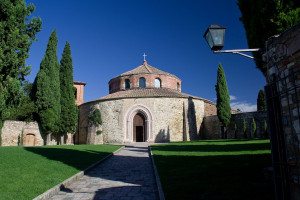
Built in an area always considered sacred, it is one of the most ancient paleo Christian churches in Italy (V-VI sec.) and the most ancient of the city. It has a circular floor plan, originally with four chapels arranged in a Greek cross, oriented according to the cardinal points. Light enters from twelve windows …
DETAILS
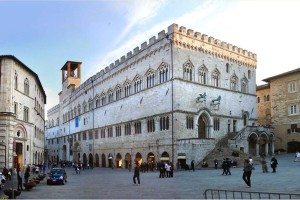
Historic site of the free Municipality, was built in different stages, including three pre-existing edifices, the Church of San Severo and the Tower of the madonna Dialdana in the north-west side. From the outside it is characterised by a series of mullioned windows and an imposing Gothic portal, surmounted by the bronze copies of the …
DETAILS
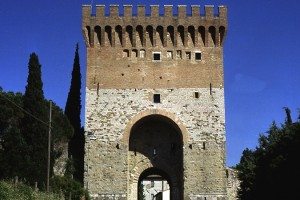
As the district of which it is the entrance Door, it takes its name from the really ancient paleo Christian church dedicated to the Archangel S. Michele. It is the biggest of the medieval doors, fortified by Ambrogio Maitani in 1326, opened inside the medieval walls of the XIV Century. Outside it presents three levels, …
DETAILS
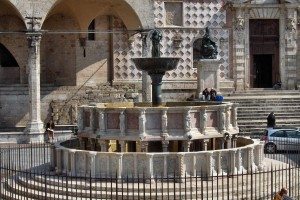
The “Fontana Maggiore” (Major Fountain), iconic monument of the city, is a real medieval Italian sculpture masterpiece made between 1275 – 1278 by Nicola and Giovanni Pisano. Right in the heart of the city, formerly known as “piazza Grande” (Big Square), it consists of two concentric polygonal basins, surmounted by a bronze cup, forged by …
DETAILS
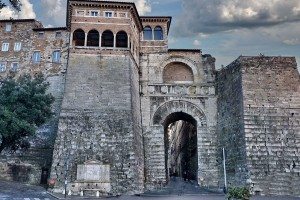
The Etruscan Arch (III-II Century b.C.) is a monumental door North Oriented, also named Porta Pulchra or Boreale, the most important one of the ancient walls, built with travertine blocks. For its dimensions, 11 m high, it is the biggest of the ancient Etruria. It was restored by Ottaviano Augusto, hence the name. It is …
DETAILS
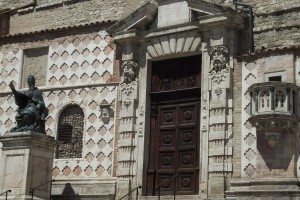
Built in the XV Century, finished in 1490, as a replacement for the earlier Romanesque cathedral. In 1729 to the unfinished façade a baroque portal was added, by Pietro Carattoli. On the left side, facing Piazza IV Novembre, a noteworthy entrance by Galeazzo Alessi of 1568; on the right of the door the pulpit, from …
DETAILS
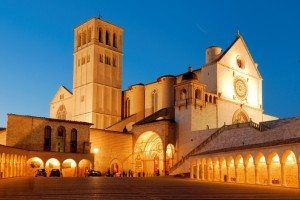
In Assisi, everything speaks of Francis and his message: the buildings covered in Sabasio’s pink stone give color to grey days and light up in the golden rays of sunset. Rather than visit the city in any particular order, lose yourself in the winding alleys which take you back to Francis’ youth. In Piazza del …
DETAILS
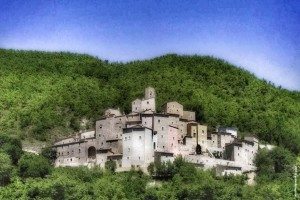
Only ruins remain of La Rocca, what was once the castle of the Counts of Nocera. Here Saint Rinald, bishop and patron saint of Nocera, was born. The hamlet of Villa – still inhabited – was once the castle’s farmland. Source: “La via di Francesco” – Edizioni San Paolo S.r.l.
DETAILS
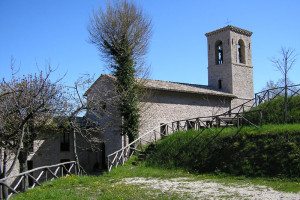
A hamlet with an odd name (possibly from the contraction of “Costa di tre chiese”), where the pretty 11th century Chiesa di Santo Stefano is located. Nearby, the Fonte del Sanguinone, documented from 1128, still provides water to the nearby houses, after having done so for centuries for the town of Assisi, thanks to a Medieval …
DETAILS
© FRANCESCO'S WAYS | Privacy Policy | Crediti
